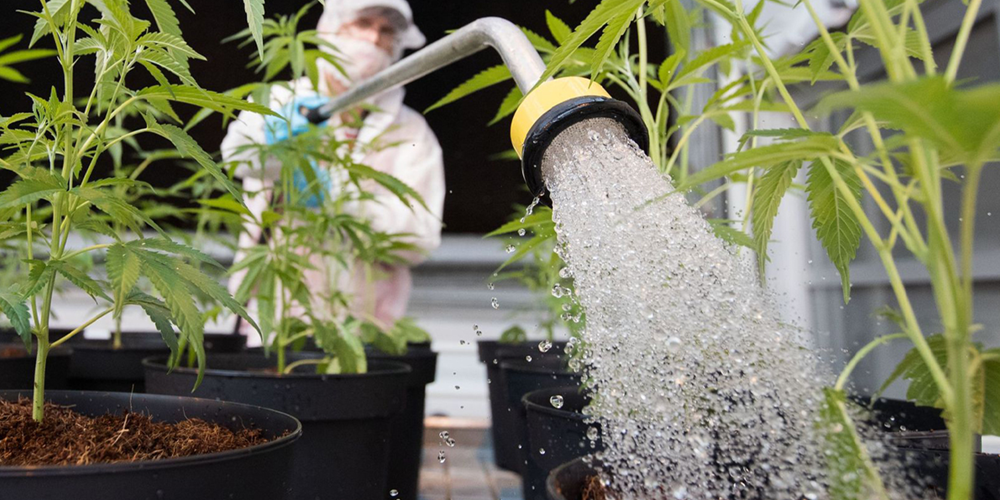
Reverse osmosis (RO) is a water purification method that can be highly beneficial for cannabis cultivation. Here are the key reasons why and how to use it effectively:
Benefits of Using Reverse Osmosis Water for Cannabis
1. Purity:
- RO water is free from contaminants such as chlorine, chloramine, heavy metals, and other dissolved solids that can harm plants or affect their growth.
2. Nutrient Control:
- Starting with pure water allows you to precisely control the nutrient solution, ensuring your plants get the nutrients they need without any unwanted additives.
3. pH Stability:
- RO water generally has a more neutral pH, making it easier to adjust and maintain the desired pH levels for optimal nutrient uptake.
4. Prevention of Mineral Build-Up:
- By using pure water, you reduce the risk of mineral build-up in your growing medium and irrigation systems, which can cause blockages and nutrient imbalances.
Setting Up RO Water for Cannabis Cultivation
1. Choosing an RO System:
- Select an RO system with a capacity that matches your needs. Consider factors like the size of your grow operation and the amount of water you use daily.
- Look for systems with a high rejection rate (usually 90-99%) to ensure maximum removal of impurities.
2. Installation:
- Follow the manufacturer's instructions for installation. Typically, this involves connecting the RO system to your water supply and setting up storage tanks for purified water.
3. Maintenance:
- Regularly replace pre-filters, carbon filters, and the RO membrane according to the manufacturer's recommendations to ensure the system operates efficiently.
- Monitor the system's performance, checking for any drops in water pressure or quality, which may indicate the need for maintenance.
Using RO Water in Cannabis Cultivation
1. Nutrient Solution Preparation:
- Since RO water lacks minerals, you will need to add a complete nutrient solution tailored for cannabis. Ensure it includes essential macro and micronutrients.
- Adjust the pH of the nutrient solution to the optimal range (typically 5.5-6.5 for hydroponics and 6.0-7.0 for soil).
2. Watering Schedule:
- Use RO water for all stages of plant growth, from seedlings to flowering. This ensures consistency and prevents any potential issues from tap water contaminants.
3. Monitoring and Adjustments:
- Regularly test the pH and electrical conductivity (EC) of your nutrient solution to ensure your plants receive the proper nutrients in the correct concentrations.
- Adjust your feeding schedule based on the plants' needs and growth stage.
If you want to know how to make weed more potent, you can contact PREAIR for suggestions!
Potential Drawbacks and Solutions
1. Waste Water:
- RO systems produce a significant amount of wastewater (often 3-4 gallons of waste for every gallon of purified water). You can mitigate this by using the wastewater for non-cannabis gardening, cleaning, or other purposes.
2. Cost:
- The initial cost of an RO system and ongoing maintenance can be higher compared to using tap water. However, the benefits of plant health and yield often outweigh these costs.
3. Water Pressure:
- RO systems require adequate water pressure to function properly. If your water pressure is low, consider using a booster pump to ensure optimal performance.
By using reverse osmosis, you can provide your cannabis plants with high-quality water, leading to healthier growth and potentially higher yields.
Post time: Jul-03-2024
 +86-13376814803
+86-13376814803  robert@hzhongtai.com
robert@hzhongtai.com 











